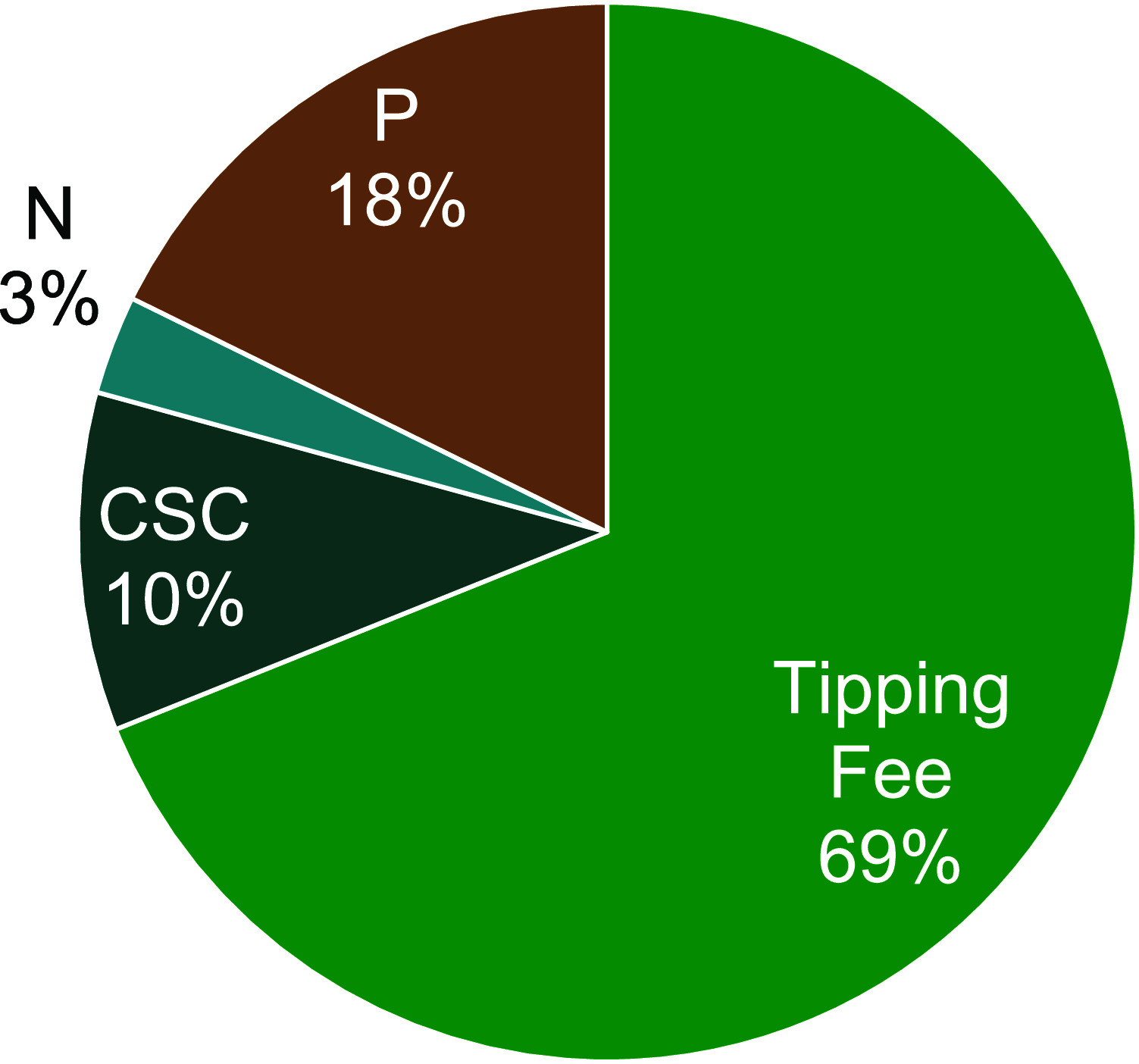Innovative Approach to Sustainable Fertilizer Production: Leveraging Electrically Assisted Conversion of Sewage Sludge for Nutrient Recovery
- PMID: 39713698
- PMCID: PMC11656355
- DOI: 10.1021/acsomega.4c07926
Innovative Approach to Sustainable Fertilizer Production: Leveraging Electrically Assisted Conversion of Sewage Sludge for Nutrient Recovery
Abstract
Efforts addressing sludge management, food security, and resource recovery have led to novel approaches in these areas. Electrically assisted conversion of sludge stands out as a promising technology for sewage sludge valorization, producing nitrogen and phosphorus-based fertilizers. The adoption of this technology, which could lead to a fertilizer circular economy, holds the potential to catalyze a transformative change in wastewater treatment facilities toward process intensification, innovation, and sustainability. This paper provides insights into the economic aspects of the technology, policy considerations, and challenges involved in realizing the potential of electrified processes for sludge valorization. To demonstrate the impact of the technology, a case study for its implementation in the United States assuming the municipal wastewater treatment plants market is discussed. It was found that electrically assisted sludge conversion could enable the recovery of nitrogen and phosphorus from waste, representing up to 9% of the nitrogen and 32% of the phosphorus consumption of the U.S. for fertilizer use. This technology also enables full electrification and modularization of the process, thereby presenting significant economic and environmental opportunities.
© 2024 The Authors. Published by American Chemical Society.
Conflict of interest statement
The authors declare the following competing financial interest(s): Botte, G. G. is the inventor of the U.S. Pending Patent Application "Methods and Systems for the Electrocatalysis of Municipal Sludge and Biosolids", No. 63/506,601 (2023).
Figures




Similar articles
-
Wood Waste Valorization and Classification Approaches: A systematic review.Open Res Eur. 2025 May 6;5:5. doi: 10.12688/openreseurope.18862.2. eCollection 2025. Open Res Eur. 2025. PMID: 40438563 Free PMC article.
-
Closed-Loop Valorization of Annatto Seed Waste into Biochar: A Sustainable Platform for Phosphorus Adsorption and Safe Nutrient Recycling in Agro-Industries.Molecules. 2025 Jul 2;30(13):2842. doi: 10.3390/molecules30132842. Molecules. 2025. PMID: 40649356 Free PMC article.
-
Home treatment for mental health problems: a systematic review.Health Technol Assess. 2001;5(15):1-139. doi: 10.3310/hta5150. Health Technol Assess. 2001. PMID: 11532236
-
Wastewater recovery for sustainable agricultural systems in the circular economy - A systematic literature review of Life Cycle Assessments.Sci Total Environ. 2024 Feb 20;912:169310. doi: 10.1016/j.scitotenv.2023.169310. Epub 2023 Dec 19. Sci Total Environ. 2024. PMID: 38123087
-
What is the value of routinely testing full blood count, electrolytes and urea, and pulmonary function tests before elective surgery in patients with no apparent clinical indication and in subgroups of patients with common comorbidities: a systematic review of the clinical and cost-effective literature.Health Technol Assess. 2012 Dec;16(50):i-xvi, 1-159. doi: 10.3310/hta16500. Health Technol Assess. 2012. PMID: 23302507 Free PMC article.
References
-
- Turovskiy I. S.; Mathai P. K.. Wastewater Sludge Processing; Wiley Interscience: Hoboken, N.J, 2006.
Grants and funding
LinkOut - more resources
Full Text Sources
